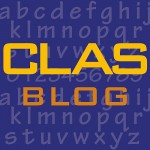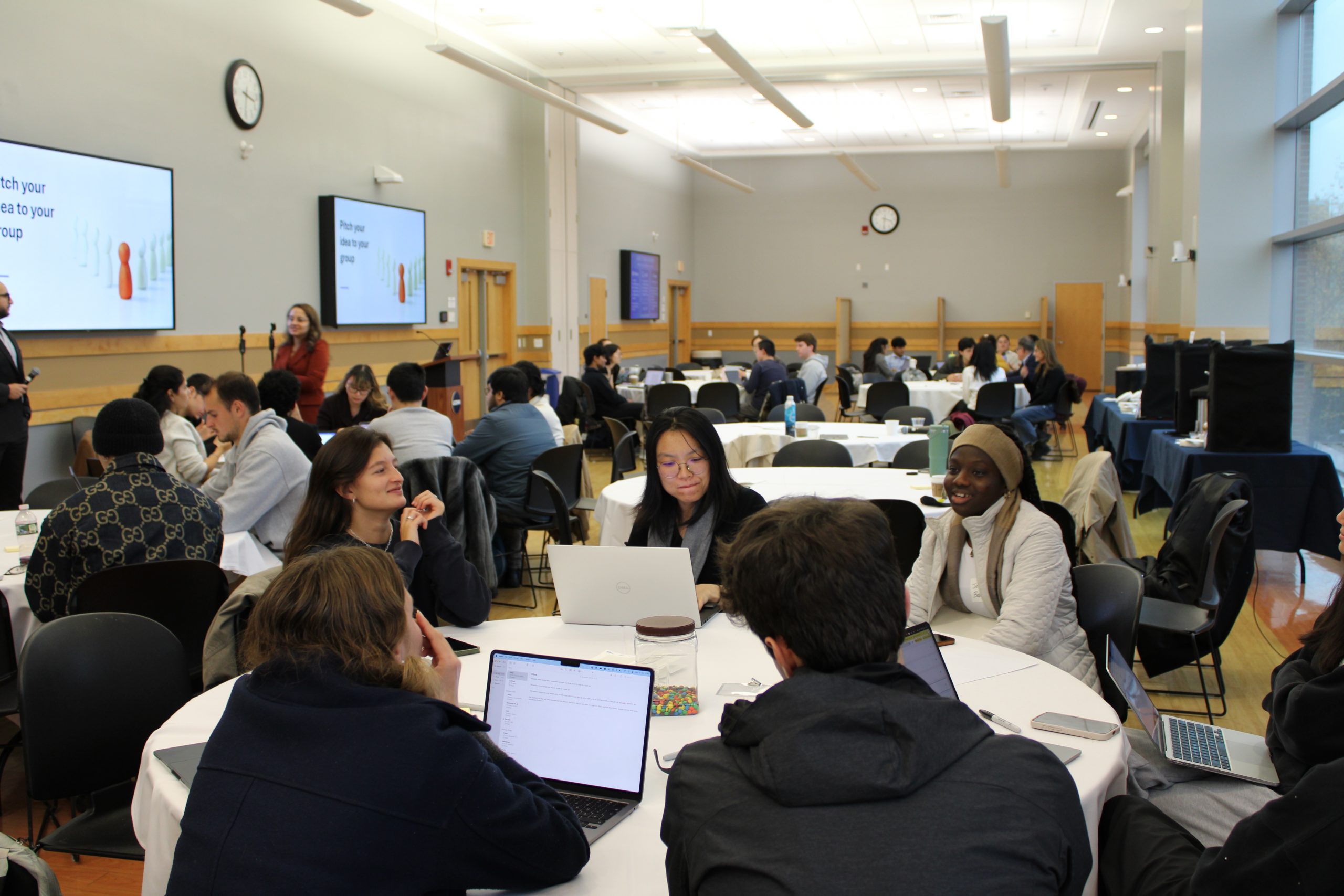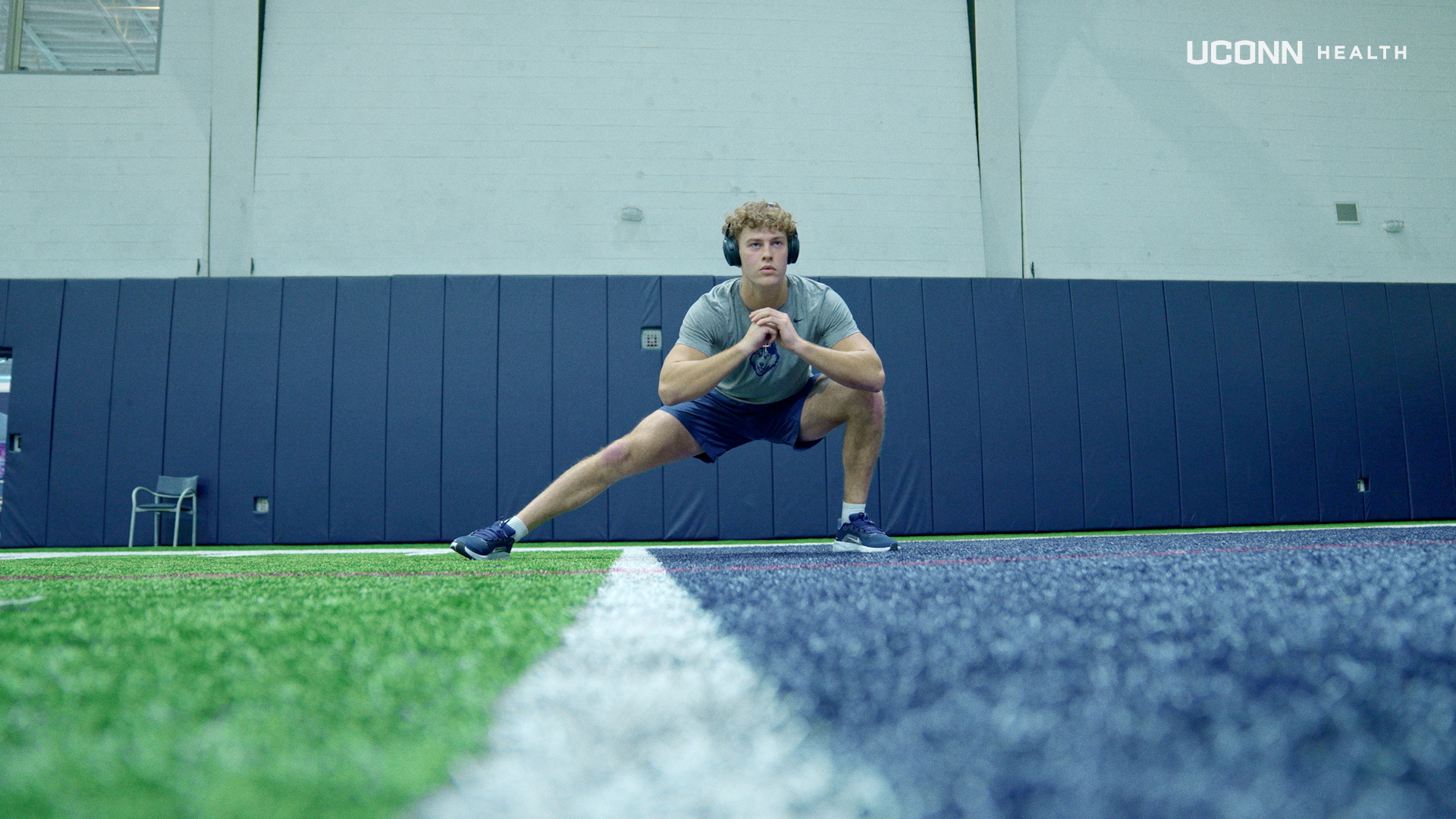
The dean of CLAS, a native of New York City and former resident of Chicago, touts the benefits of living in Storrs, Connecticut.
By Jeremy Teitelbaum, Dean
College of Liberal Arts and Sciences
“What town is UConn in, anyway?” is one of the most common questions I am asked when I speak to people who haven’t spent time here on campus. “It’s in Storrs,” I tell them, “though there’s not much there besides the University.” And while the Mansfield Downtown Partnership is working to create a college town next to the campus, in the meantime there is a kernel of truth to the cruel remark that “Storrs” should be called “Store,” because that’s all the town really has.
But who cares? The truth is that Eastern Connecticut is a spectacular landscape of rolling hills, forests, rivers, and lakes. Those of us who live near UConn, in Mansfield, or Willington, or Coventry, or one of the other small towns in the area, drive to work or to the grocery store through one scene of natural wonder after another. On weekends, we have our choice of hundreds of different walks through woods and by streams, or up hills to lookouts over the sparsely inhabited northeastern corner of the state, all within 15 or 20 minutes of our homes.
 A particular treat is the fact that we’re far enough from big cities that we have a true, dark, night sky here. On moonless nights the Milky Way is clearly visible, and recently we’ve had a truly spectacular view of the Moon and Jupiter. It’s clear enough, and dark enough, that I can resolve Jupiter’s moons with 8-power binoculars from my backyard. Unfortunately, I don’t have the technology to take a proper picture of it.
A particular treat is the fact that we’re far enough from big cities that we have a true, dark, night sky here. On moonless nights the Milky Way is clearly visible, and recently we’ve had a truly spectacular view of the Moon and Jupiter. It’s clear enough, and dark enough, that I can resolve Jupiter’s moons with 8-power binoculars from my backyard. Unfortunately, I don’t have the technology to take a proper picture of it.
While each time of year has its particular charm, it’s hard not to feel that right now is just about the most beautiful possible time of year – the trees have just begun to change, the light has a distinctly autumnal cast, and the temperature has started to really dip down in the evenings. I don’t think John Keats ever made it to Connecticut in the fall, but he knew what he was talking about when he spoke “To Autumn:”
Where are the songs of Spring? Ay, where are they?
Think not of them, thou hast thy music too, –
While barred clouds bloom the soft-dying day,
And touch the stubble plains with rosy hue.
Since I carry my cell phone everywhere, and it has a camera in it, I collected some images of the walking trails in the area around this time of year and you can view them here. I feel privileged to live in such a lovely part of the world.
Comments? Send them to: dean@clas.uconn.edu
The College of Liberal Arts and Sciences has 23 departments in the sciences, humanities, and social sciences, ranging from physics to philosophy, and more than 15,000 students, 600 faculty, and 83,000 alumni. Check out our three initiatives: Health and Human Behavior, the Environment, and Culture and Society.
Other CLAS Blog posts:
A Step Closer to Science Fiction?
Academic Freedom Meets Freedom of Information
Ambition and Intrigue in the Court of Henry VIII
A Civil Conversation on Contentious Issues
Meditations on A(nother) Snow Day
Coming to Grips with Climate Change
Ideas — The Psychological Currency of the University
Will ‘Crowdsourcing’ Revolutionize Scholarship?
Citizenship, Marriage, and Mosques: Problems in the Applied Humanities
Of Deans and English Professors
UConn Over Yale and Other Tales from Jim Draper ’41


